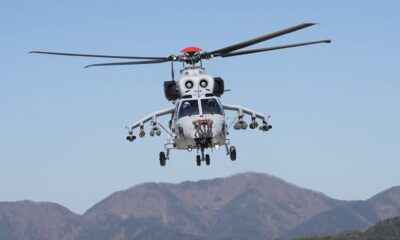Aerospace
US govt approves $5B sale of F-35 aircraft to South Korea

According to a statement issued on Wednesday, the US State Department approved the potential sale of F-35 fighter jets and supporting equipment to South Korea for an estimated price of $5.06 billion.
The State Department informed Congress that it had approved the sale of 25 Lockheed Martin aircraft, along with their engines and supporting machinery. The sale “will enhance the Republic of Korea’s capacity to meet present and emerging threats by supplying credible defense capability to prevent regional aggression and ensure interoperability with US forces,” according to a statement by the State Department.
The South Korean government has stated its intention to buy up to 26 Pratt & Whitney F135-PW-100 engines and a maximum of 25 F-35 Joint Strike Fighter conventional take off and landing (CTOL) aircraft.
It stated that the “basic military balance in the region will not be altered by the proposed sale of this equipment and support.”
Since 2018, South Korea has utilised F-35s. Only the closest allies of the United States are permitted to purchase the aircraft, and Turkey was expelled from the F-35 programme as a result of a significant missile defence system purchase from Russia.


